Panaji: Goa Chief Minister Pramod Sawant on Tuesday told the House that first round of auction process of Iron Ore mining leases is proposed to be completed in next three-four months. Sawant was cornered by opposition benches including Leader of Opposition Michael Lobo, Goa Forward party MLA Vijai Sardesai, Independent MLA Chandrakant Shetye on the issue of retrenchment of staff by the mining companies.
The mining industry in the state has come to standstill since 2018 after Supreme Court quashed the mining leases. Sardesai sought an assurance that State government will make it mandatory for the companies, winning the auction, to retain the workforce which is currently working on those mining leases.
The Chief Minister told the House that the first round of auction process is proposed to be completed in next 3-4 months, the experienced workforce available in Goa is expected to get employment opportunities once the mining activity resumes in the state.
“The State will explore the possibility of giving preference in employment to the existing workforce through successful bidders after auction process is completed and mining activity is resumed,” Sawant said.
The Chief Minister said that order to restart mining activity in the State, Government is gearing up for auctioning of mining blocks on priority.
“In order auction the mining blocks expeditiously the State has entered into a MoU with Mineral Exploration Consultancy Limited (MECL), a Government of India enterprise, for providing Geological reports,” he said.
Sawant told the members of the House that the State has decided to engage services of SBICAP Securities Limited for transaction advisory services for preparation of bid documents and conduct of bid process. “The Directorate of Mines and Geology is expected to sign the agreement with SBICAP in couple of days,” he said.
The State has proposed to engage Metal Scrap Trade Corporation Limited (MSTC) auction platform for conduct of auctioning process, Sawant said adding that a High Powered Committee is being set up to monitor the auction process in a time bound manner.
He said that the Directorate of Mines & Geology has set up a Special Auction Cell to expedite auction process.
“Government has to comply with the statutory requirements and court orders in re-starting mining activity in the State. In this direction, as stated, Government has already taken concrete steps for resumption of mining activity through auction process,” he added.
Sawant said that this will give employment opportunities to the existing experienced workforce. Therefore, there should not be any fear or anxiety in this regard and government is committed in its efforts, he added. (GoaNewsHub)
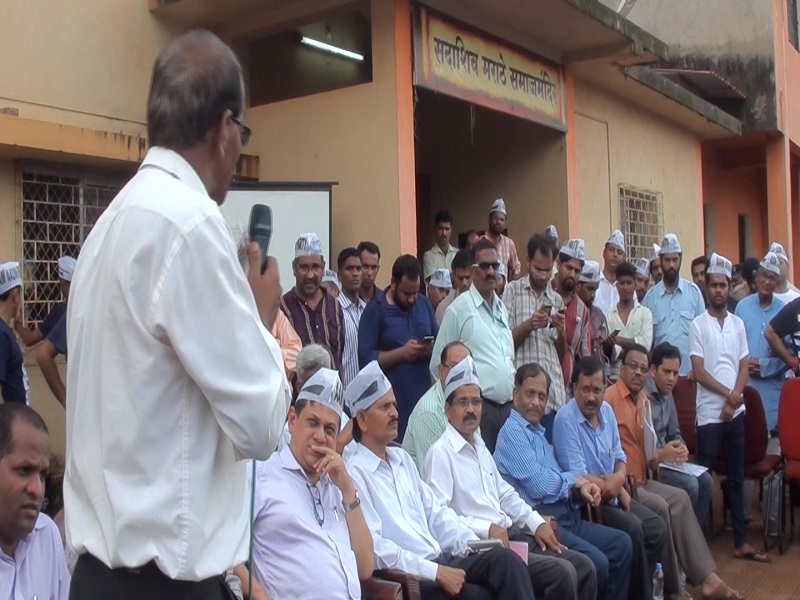
 Local8 years ago
Local8 years ago
 Crime8 years ago
Crime8 years ago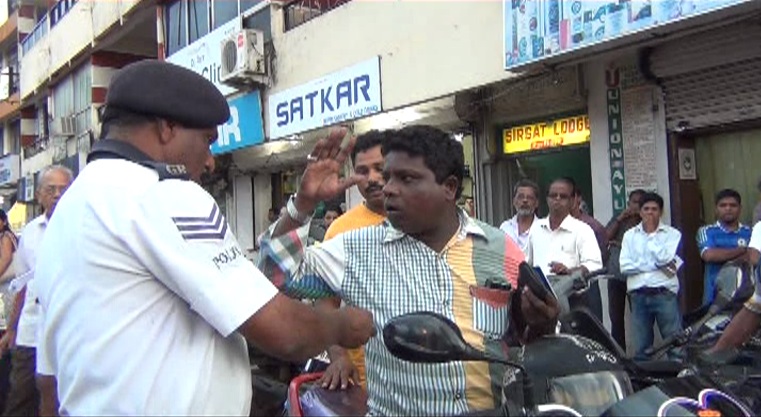
 Local9 years ago
Local9 years ago
 Top Stories3 years ago
Top Stories3 years ago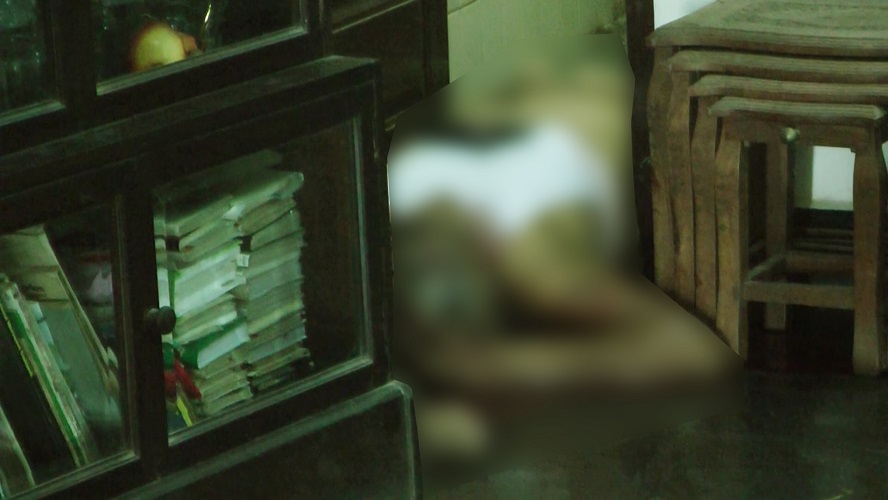
 Crime9 years ago
Crime9 years ago
 Crime9 years ago
Crime9 years ago
 Special Stories11 months ago
Special Stories11 months ago
 Sports1 year ago
Sports1 year ago
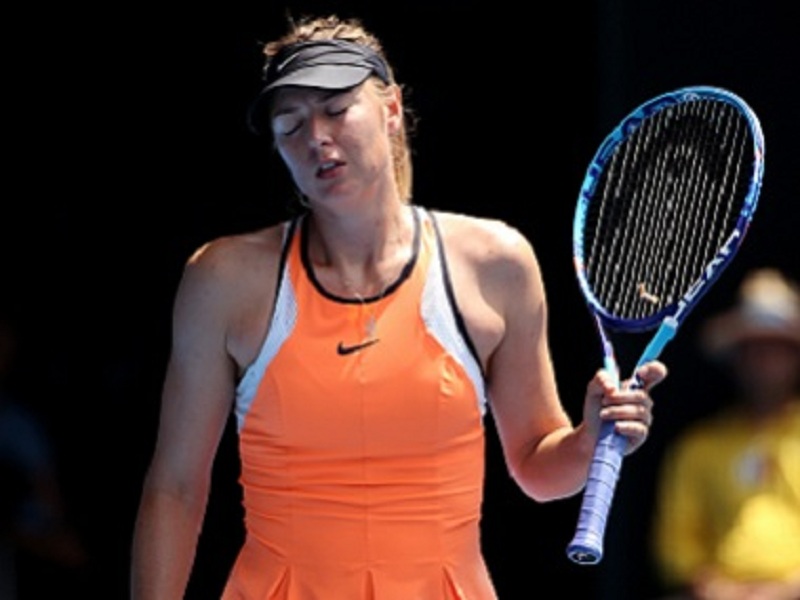

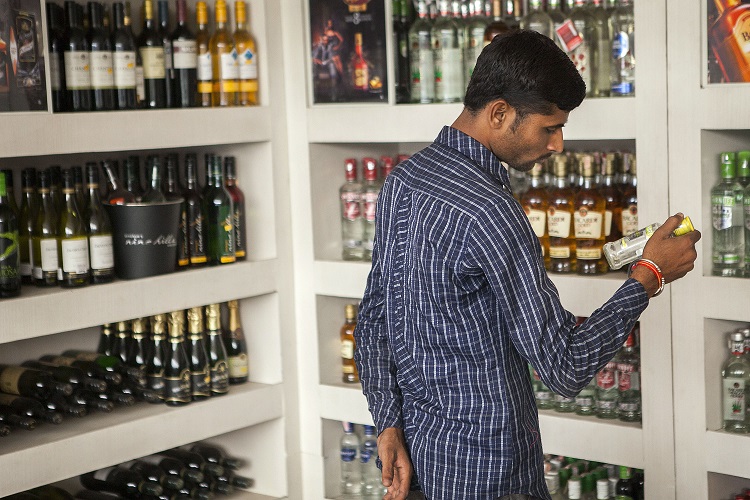

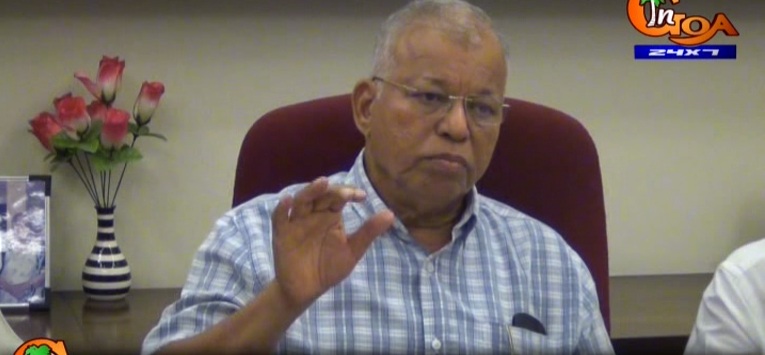
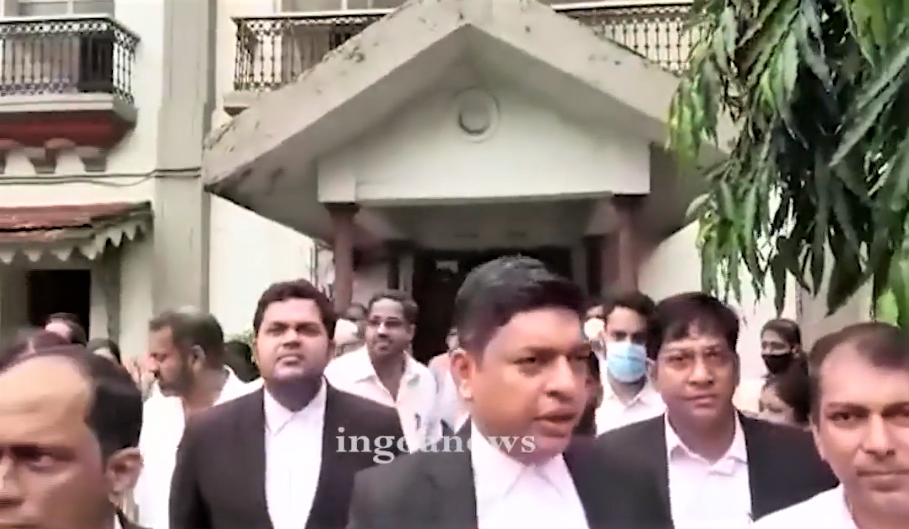
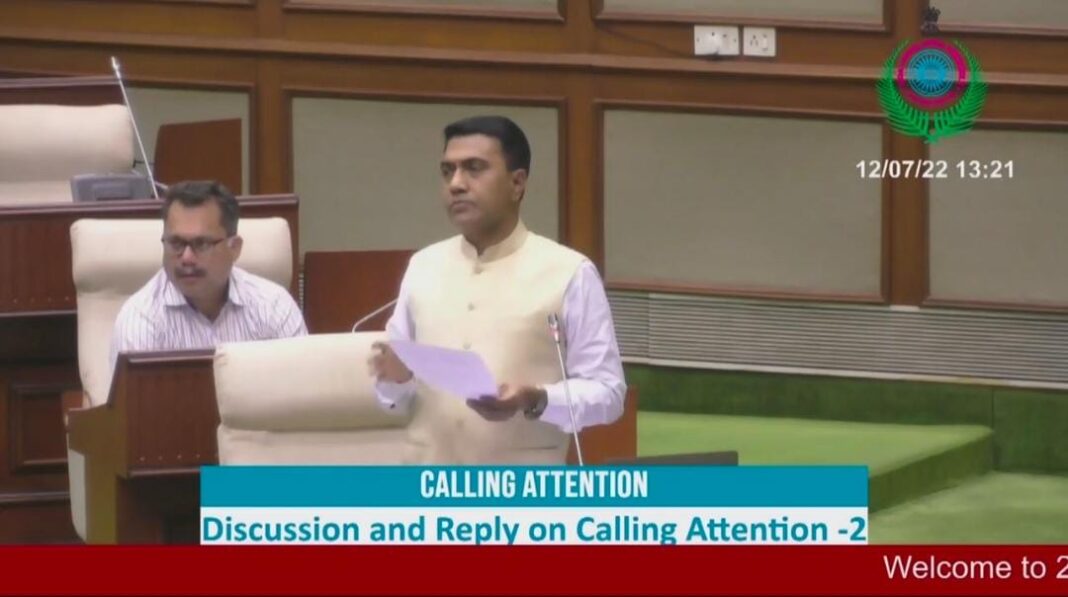

You must be logged in to post a comment Login